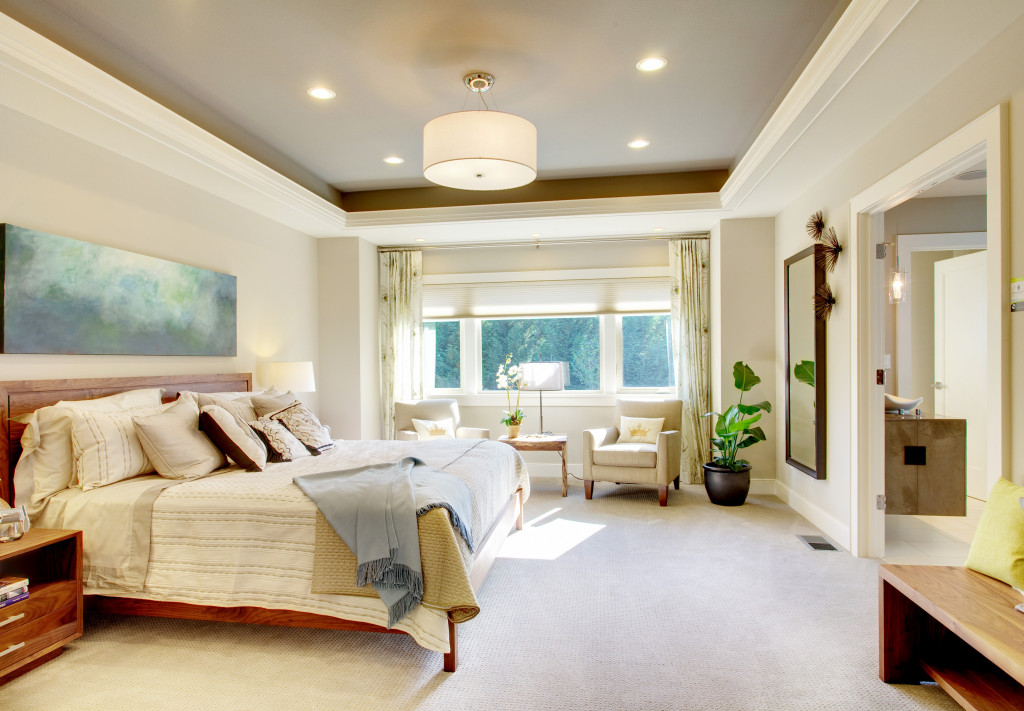Differentiation is essential in today’s ultra-competitive hotel industry. When a tourist to a particular location has hundreds of choices in their price range—from major brands to boho cafes—every point of differentiation from a hotel’s rivals may be an asset.
This was not always the case. Thinking back two or five decades, the hotel’s duty was to offer the bare necessities and nothing more. Piers Schmidt, the founding member of the London-based high-end brand marketing consulting firm, Luxury Branding, observes that Hilton’s legendary, classic motto, “Take me to the Hilton,” was primarily slang for “any harbor in a hurricane,” mirroring the need for a dependable source of sanctuary and protection in an unfamiliar environment.
As the global travel industry expanded in the late twentieth and early twenty-first centuries, fueled by the growing affordability of foreign travel and encouraging the entrance of hundreds of new hospitality companies, just providing bed and board was no longer sufficient.
Hoteliers soon realized that providing a shoebox area with a bed, clean water, and a burger downstairs was insufficient. They needed to start creating a competitive advantage. I think this is where all the trends in hospitality that we’ve seen in the past 30-35 years stem from, this desire to distinguish from each other and to differ from just active service to a lot more emotive, cultural, or psychological connection with the visitor. And now, this wave of transformation has invaded homes. Let’s look at the trends shaping the industry.
Residential Hotel Interior Design
But what exactly does the term “residential” imply in the hotel and hospitality room design and marketing? Home is a vague word that may signify a variety of things based on whom you inquire. The concept’s pliability explains why “home away from home” is now a time-honored—and meaningless—cliché in the business.
We don’t know a single hotel or hotel company that doesn’t proudly proclaim, “What distinguishes us is that we provide our visitors with a home away from home.” ‘We build our resorts with a feeling of location,’ says another classic cliché. These are the two types of generics.

A home away from home is a shifting concept in hotel design, with more contemporary live-work themes competing with more aspired designs. The residential curve is morphing into something new, with a greater focus on live-work. We believe there’s still a type five-star resort or even four-star service that is very much about mimicking the desired home, ‘if you could have the money to’ type of feel. But there’s also this other detour that tourism is pursuing, which is more geared toward a younger variety of experiences, and it’s all about live-work. It places less focus on the physical room experience and more attention on the social experience.
Trends in Layout
From a visual standpoint, hotels with a domestic environment in mind strive to strike the right balance between furnishings, fittings, and technology that satisfy industry requirements for characteristics such as sturdiness and fire prevention while also adding a human touch that evokes the lived-in home comforts. Bed linens, cushion quality, glass windows, and in-room coffee makers all contribute to the overall impression.
Indeed, the lines between domestic and hotel furnishings are becoming more blurred, with Marriott, for example, collaborating with high-street retail chains such as West Elm and Ikea in recent years to offer some additional comfort and on-trend household designs to resorts. West Elm has also created its procedures for the hospitality industry, with plans to open five boutique hotels throughout the United States, beginning in Indianapolis in 2021.
Innovative technology, ranging from configurable lights to app-controlled doors, is often seen as a booster of visitor comfort, another possible characteristic of the home. However, sophisticated technological options have just as much of a risk of alienating visitors as they do of reassuring them of the comforts of home. All you need are stupidly essential operating devices.
At this point, innovative home technology does not transfer well in the hospitality industry, beginning with the reality that if anything goes down as a hotel management problem, you’re essentially doomed.
Accounting for the human element and group dynamics in the residential resort concept is more complex than deciding on the ideal curtain material or couch set for the foyer, but it may be crucial. “Home” seems to be more of an emotion than construction, and it’s always been about people rather than goods. In this sense, the domestic trend is more than just a checkbox that operators must check; it is a frustratingly elusive characteristic that all hotels should strive to mix with other architectural and marketing goals, all in the service of increasing human relationships.




